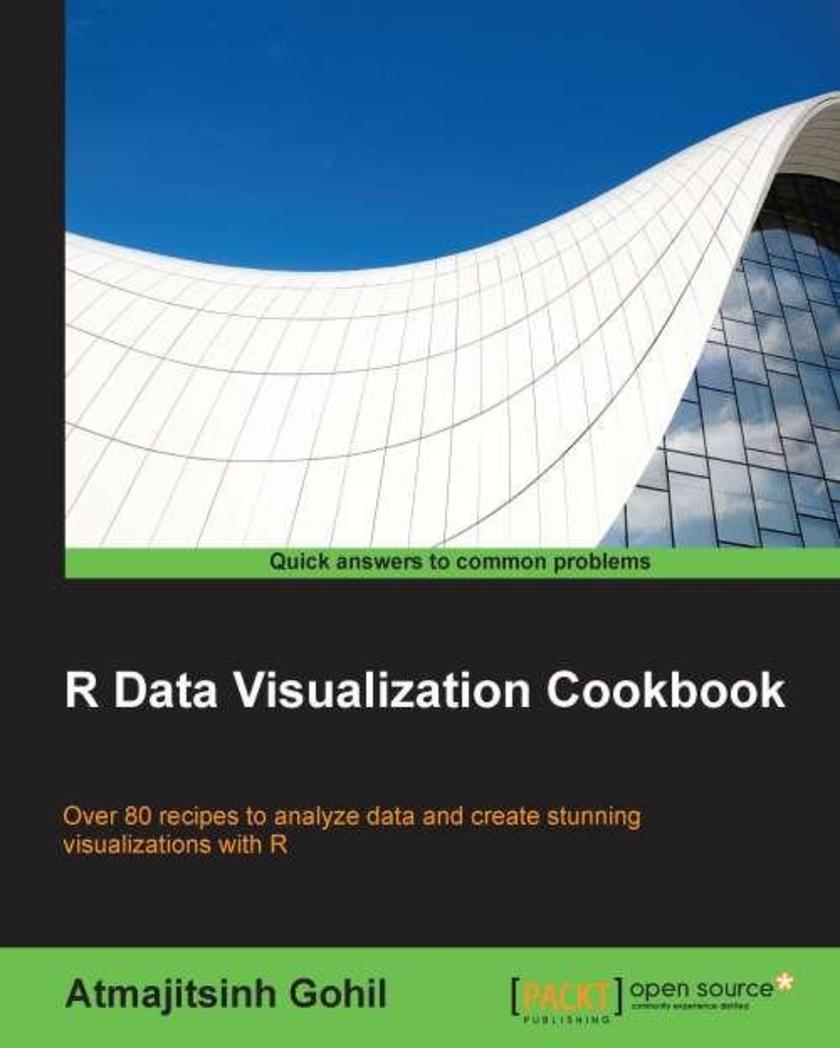
R Data Visualization Cookbook
¥80.65
If you are a data journalist, academician, student or freelance designer who wants to learn about data visualization, this book is for you. Basic knowledge of R programming is expected.
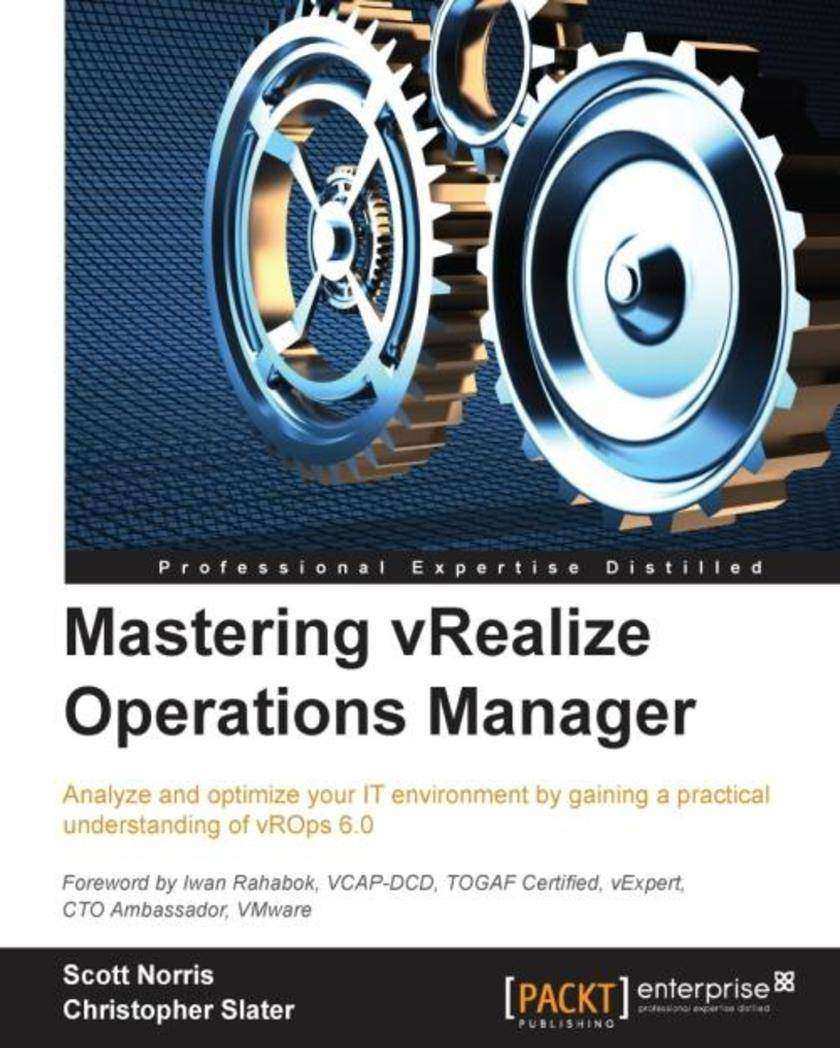
Mastering vRealize Operations Manager
¥100.27
If you are an administrator of a virtual environment and have used vROps before but want to gain a professional understanding by implementing complex tasks easily with it, then this book is for you.
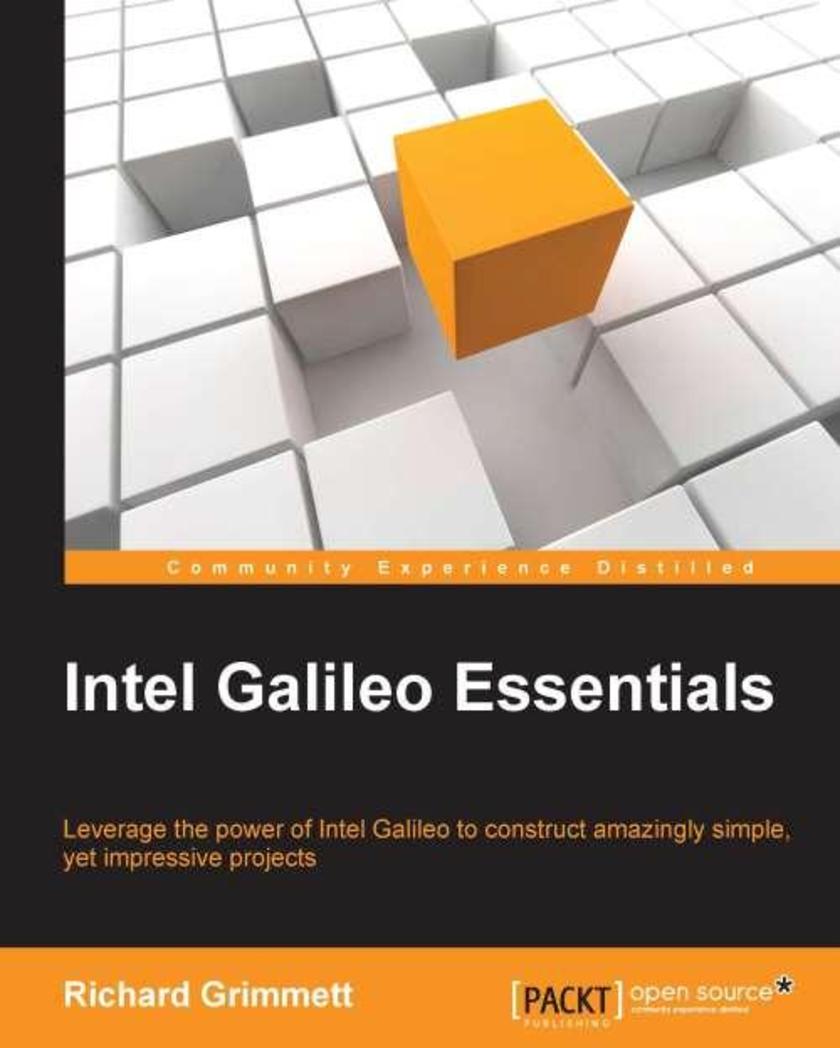
Intel Galileo Essentials
¥54.49
This book is for anyone who has ever been curious about using the Intel Galileo to create electronics projects. Some programming background is useful, but if you know how to use a personal computer, with the aid of the step-by-step instructions in this book, you can construct complex electronics projects that use the Intel Galileo.
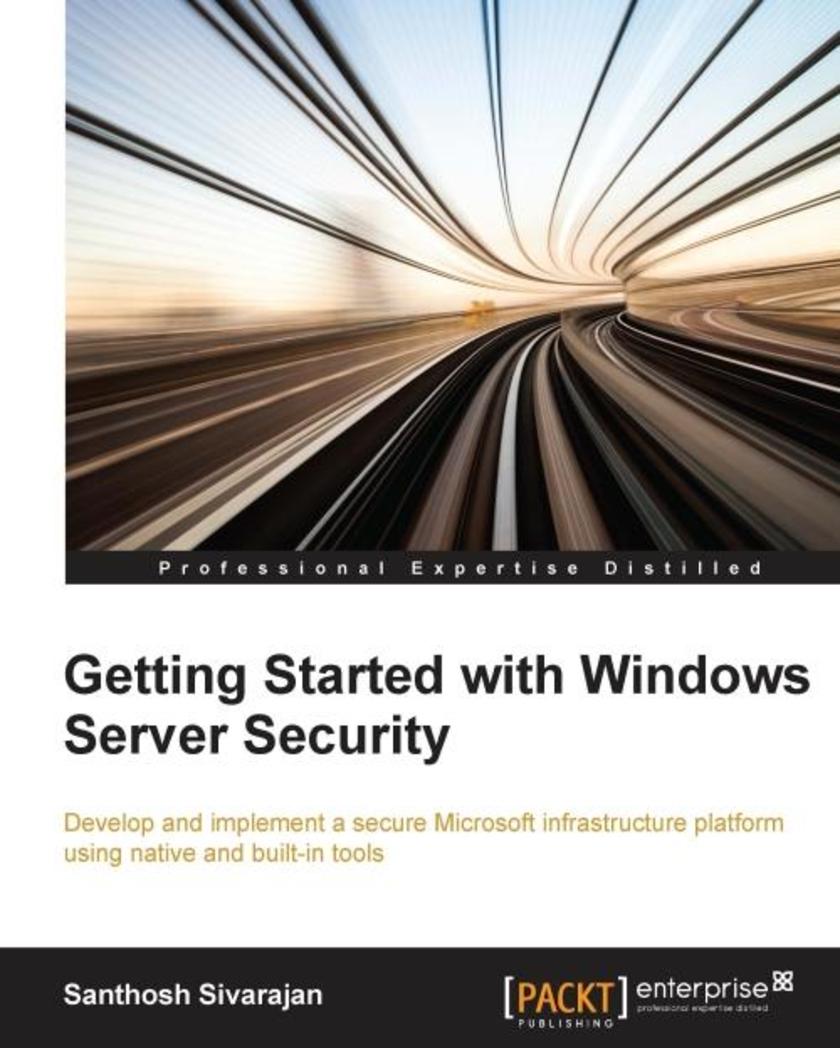
Getting Started with Windows Server Security
¥80.65
If you are a security or Windows Server administrator wanting to learn or advance your knowledge in Microsoft security and secure your Windows Server infrastructure effectively, this book is for you.
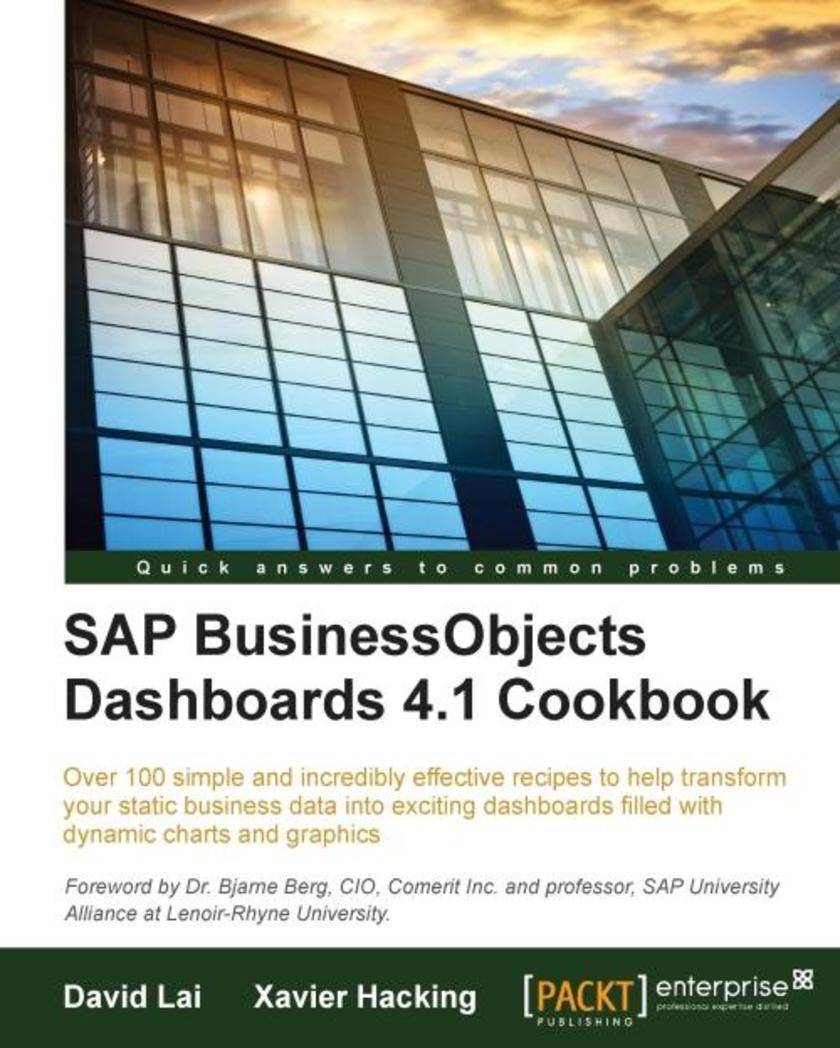
SAP BusinessObjects Dashboards 4.1 Cookbook
¥90.46
If you are a developer with a good command and knowledge of creating dashboards, but are not yet an advanced user of SAP BusinessObjects Dashboards, then this is the perfect book for you. Prerequisites include a good working knowledge of Microsoft Excel as well as knowledge of basic dashboard practices.
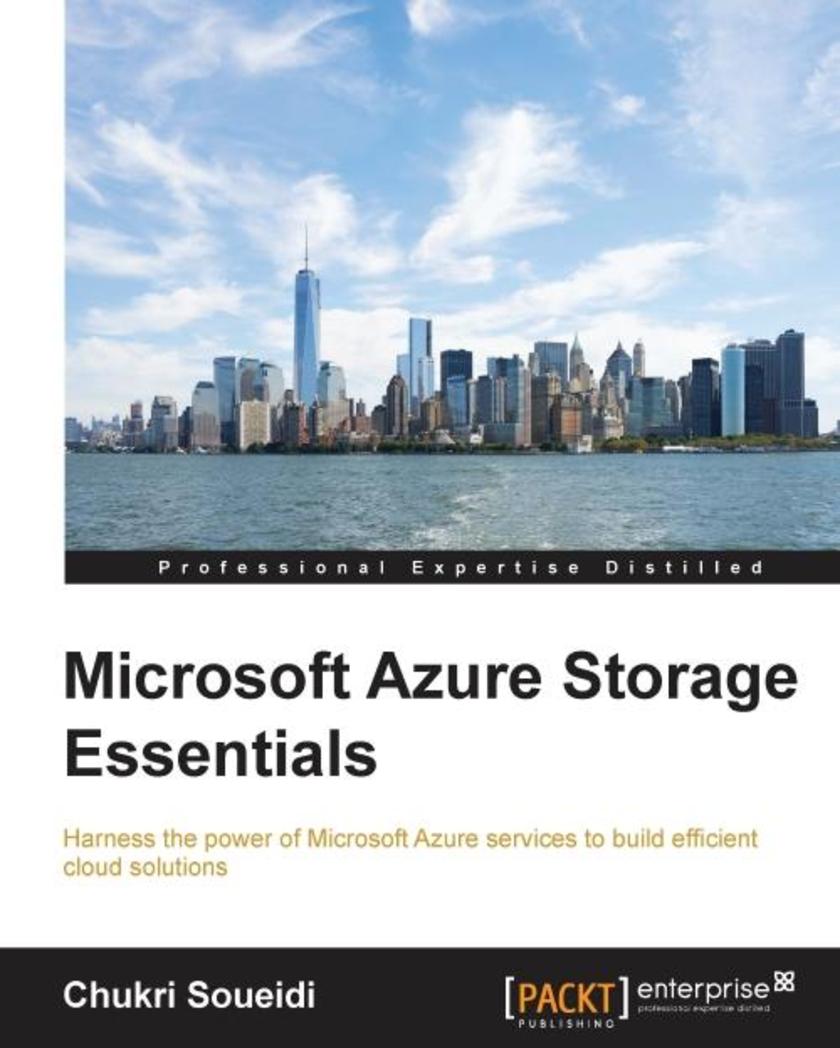
Microsoft Azure Storage Essentials
¥63.21
If you are an IT professional with a basic knowledge of Microsoft Azure and want to learn Azure Storage services, then this book is for you.
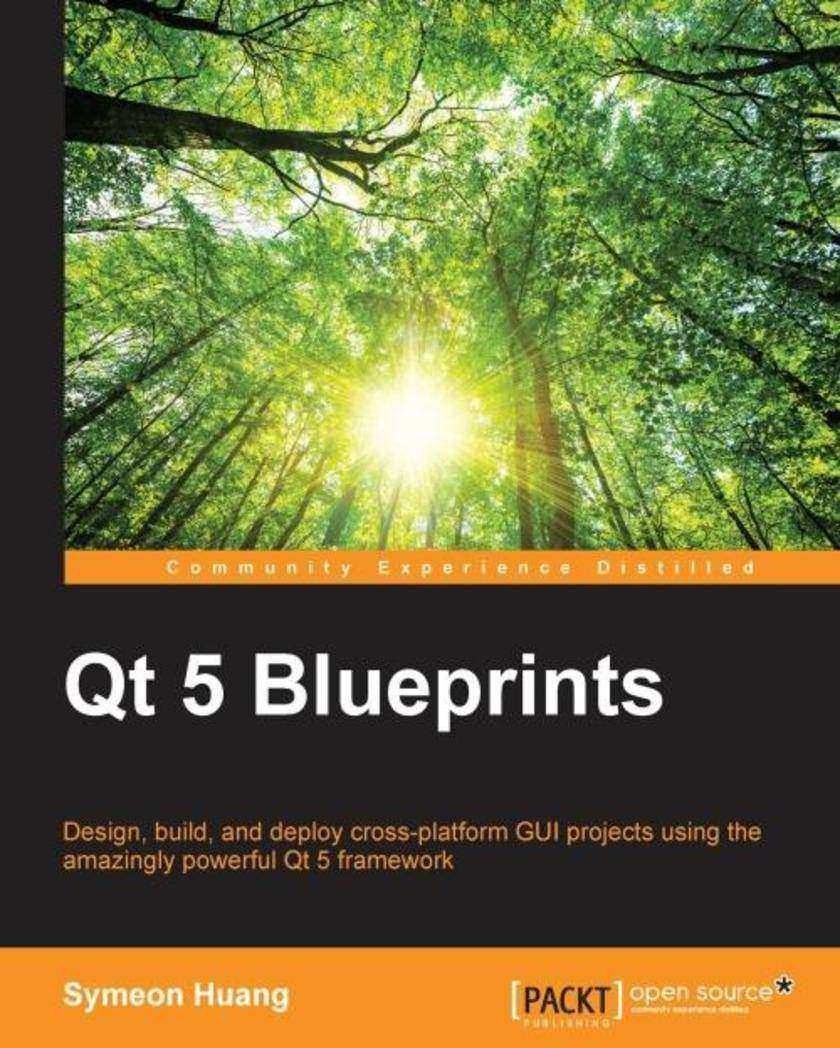
Qt 5 Blueprints
¥90.46
If you are a programmer looking for a truly cross-platform GUI framework to help you save your time by side-stepping the incompatibility between different platforms and building applications using Qt 5 for multiple targets, then this book is most certainly intended for you. It is assumed that you have a basic programming experience of C++ and fundamental knowledge about Qt.
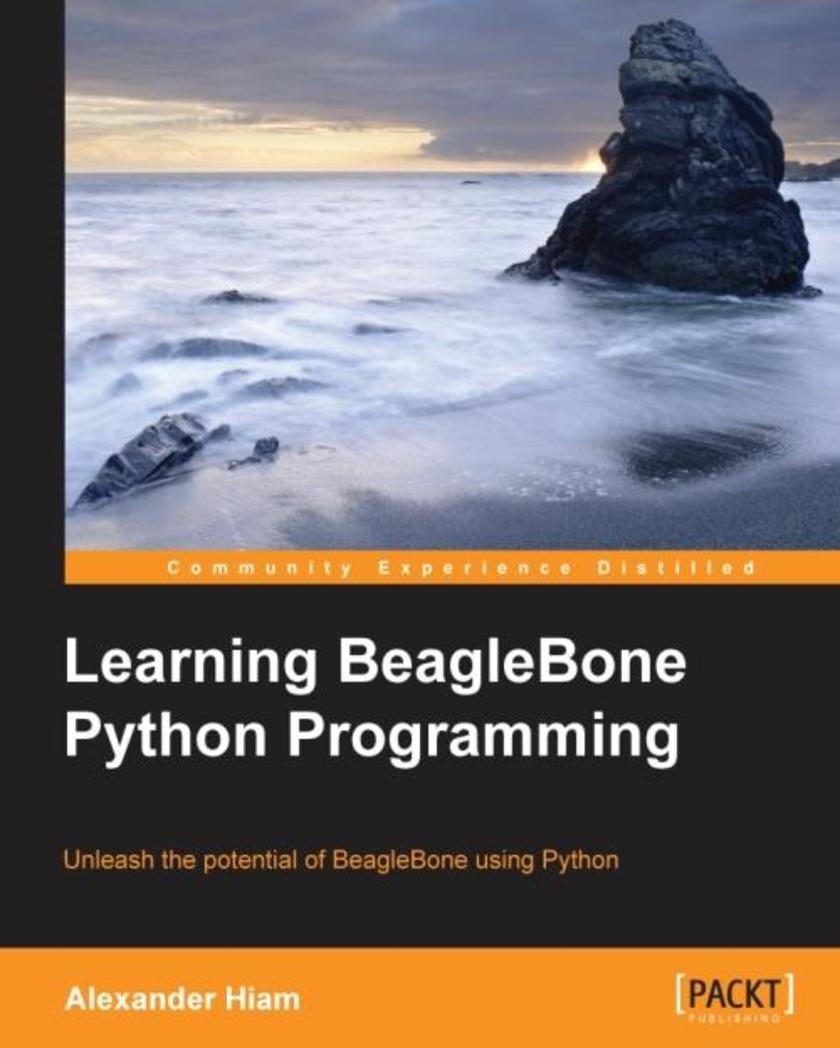
Learning BeagleBone Python Programming
¥71.93
If you have experience with the Python language and are interested in getting started with electronics, then BeagleBone Black is the perfect platform for you and this book will provide you with the information you need.
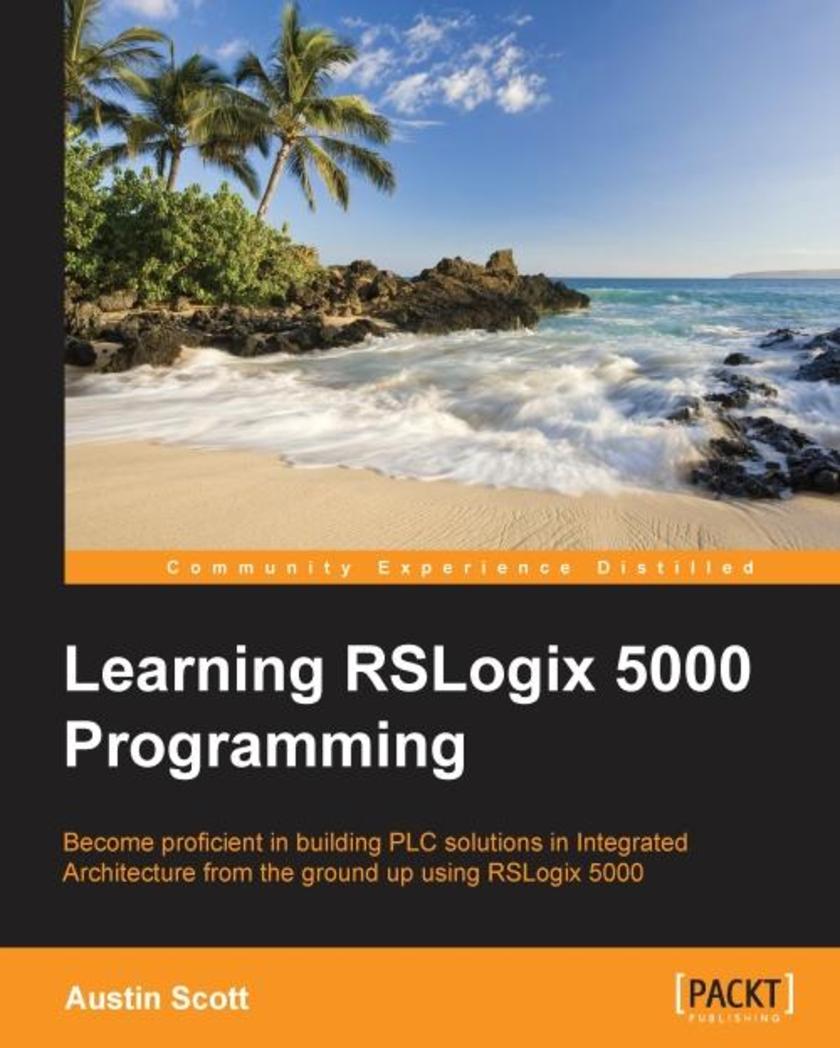
Learning RSLogix 5000 Programming
¥71.93
This book is for PLC programmers, electricians, instrumentation technicians, and automation professionals with basic PLC programming knowledge, but no knowledge of RSLogix 5000. If you are a student who is familiar with automation and would like to learn about RSLogix 5000 with a minimal investment of time, this is the book for you.
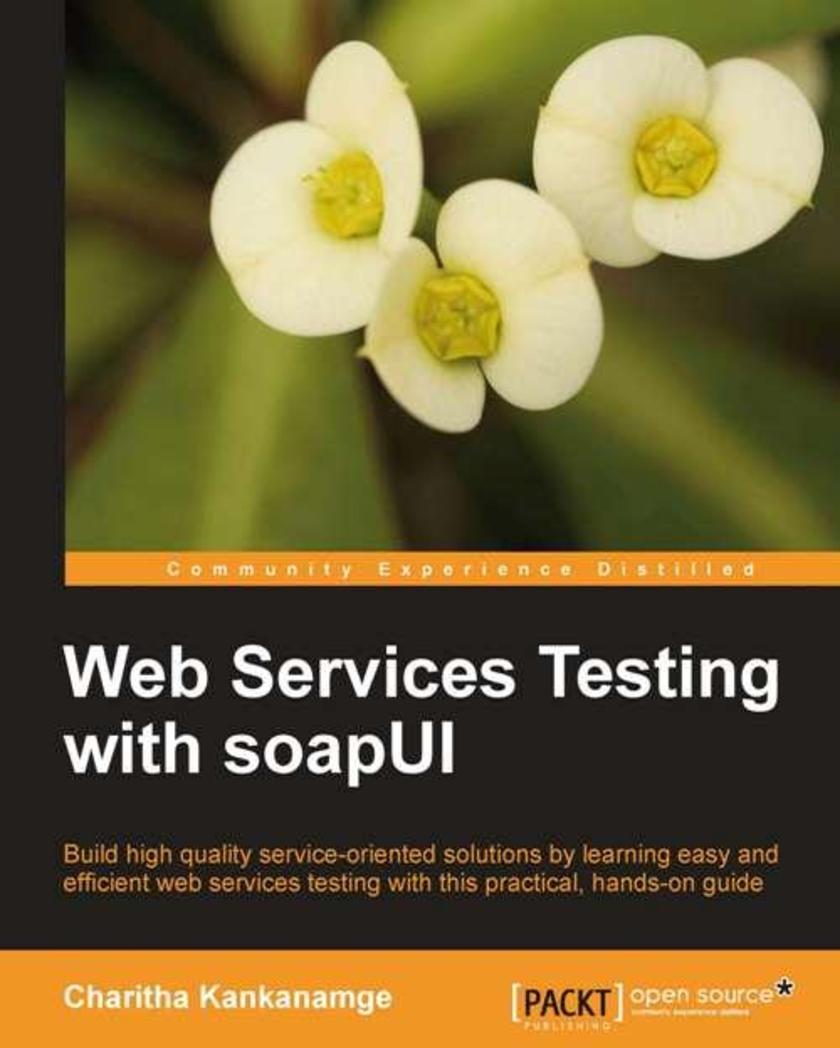
Web Services Testing with soapUI
¥90.46
"Web Services Testing with soapUI" starts with an overview of SOA and web services testing, and gets your hands dirty with a sample project which makes use of open source web service engine, Apache Axis2. All demonstrations and hands-on exercises are based on this sample project. This book is a practical and comprehensive tutorial for easy and efficient web services testing to build high quality service-oriented solutions. This book directly targets software quality assurance professionals, software project managers, and software developers interested in automated or manual testing web services and SOA. Whether you are a seasoned SOA professional or a novice user, with this book you'll learn to effectively use soapUI in testing service-oriented solutions for functional as well as non-functional web services.
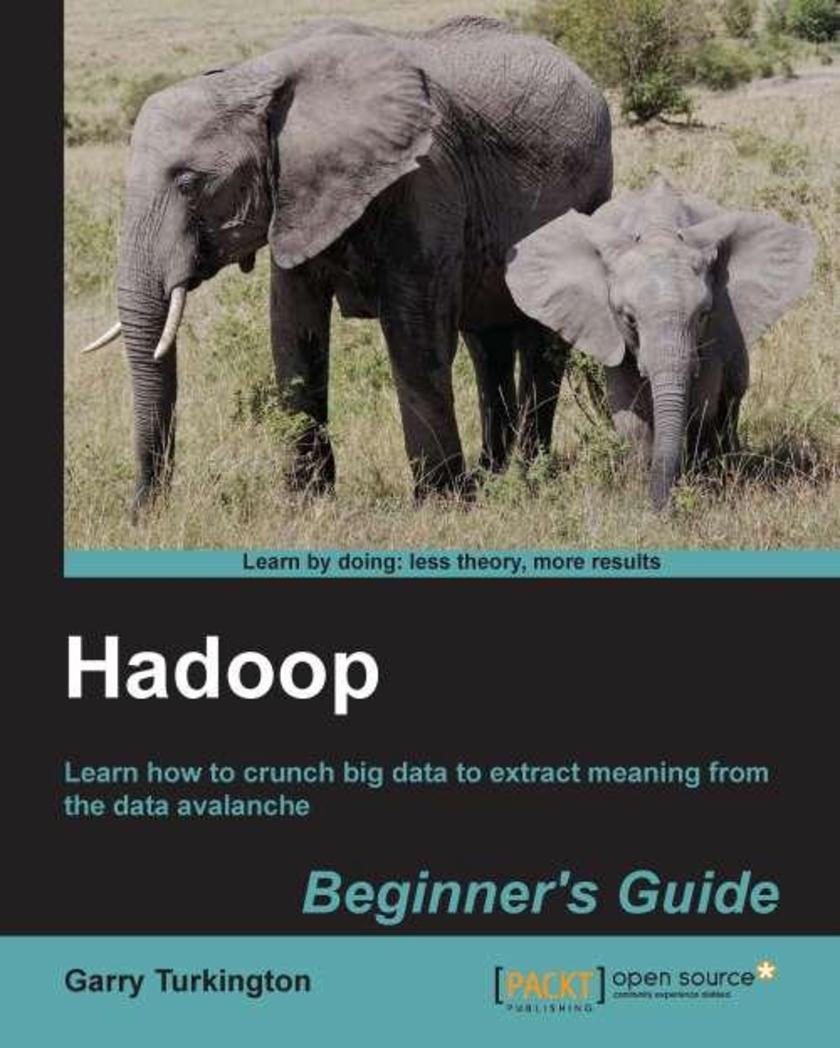
Hadoop Beginner's Guide
¥90.46
As a Packt Beginner's Guide, the book is packed with clear step-by-step instructions for performing the most useful tasks, getting you up and running quickly, and learning by doing. This book assumes no existing experience with Hadoop or cloud services. It assumes you have familiarity with a programming language such as Java or Ruby but gives you the needed background on the other topics.
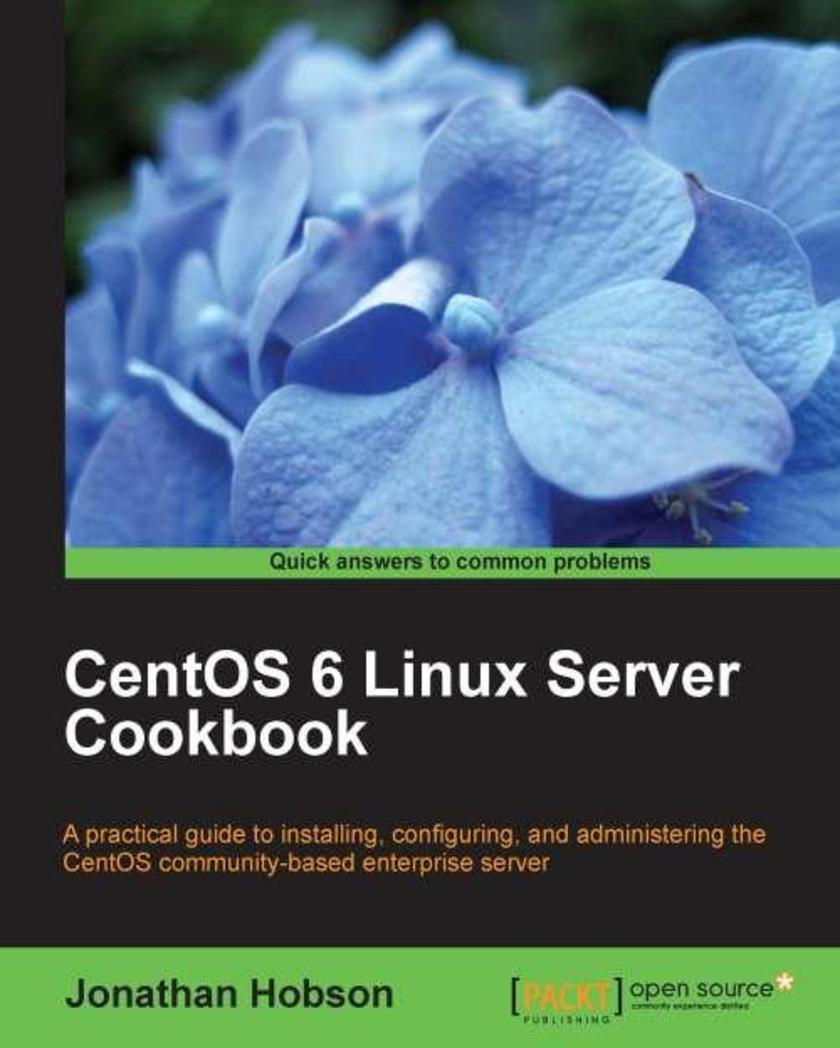
CentOS 6 Linux Server Cookbook
¥90.46
Presented in a step by step, easy to read tutorial style, this book presents the reader with real world solutions to every aspect of CentOS 6. "CentOS 6 Linux Server Cookbook" is for those professionals, students and enthusiasts who want a down-to-earth or hands-on approach to installing, configuring and running a Centos 6 server. Where a new user may experience this book as a series of solutions, a more experienced user will find a basis on which you can develop your existing skills. So rest assured, there is something for everyone and regardless of your current level of experience, if you are interested in using CentOS 6, then this is the book that offers the insight you need to move forward and master your server.
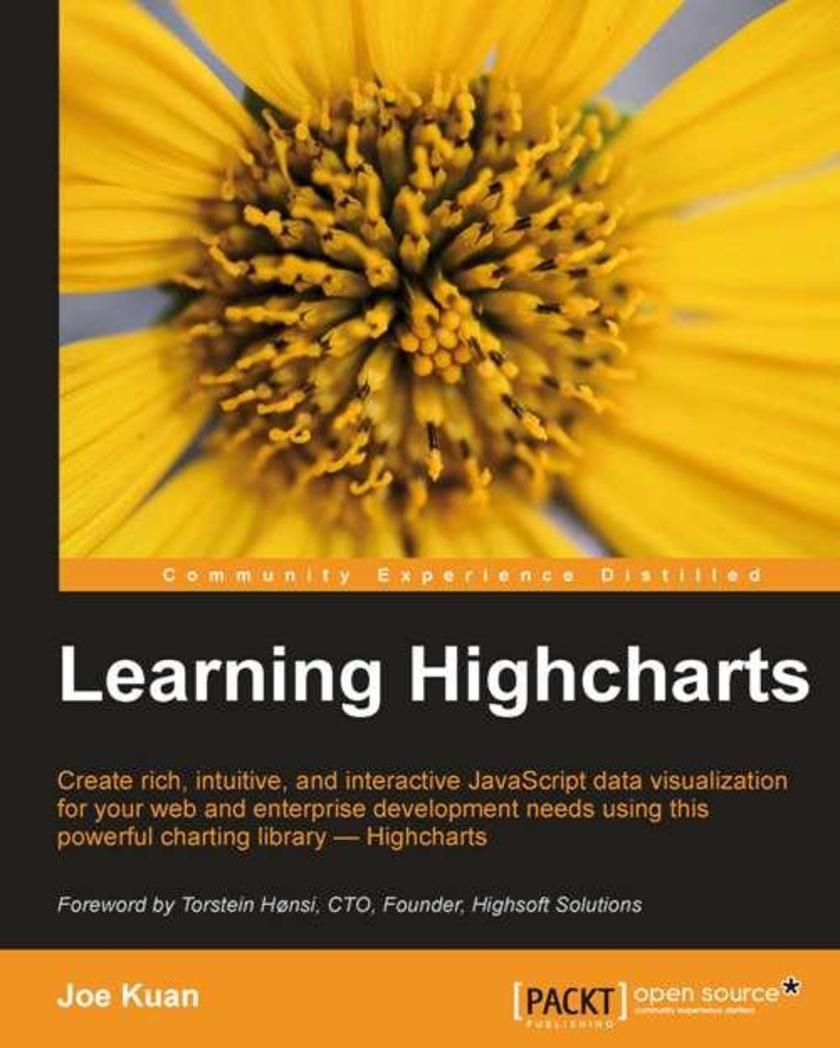
Learning Highcharts
¥80.65
A complete practical and comprehensive tutorial with clear and step-by-step instructions along with many examples. It's packed with examples, code samples and practical tips in a no-nonsense way. This book is both for beginners and advanced web developers who need to create interactive charts for their web applications. It primarily targets JavaScript Web developers who want to use the Highcharts library to prepare interactive and professional-quality charts and graphs for their applications quickly and easily. Prior experience with JavaScript is assumed.
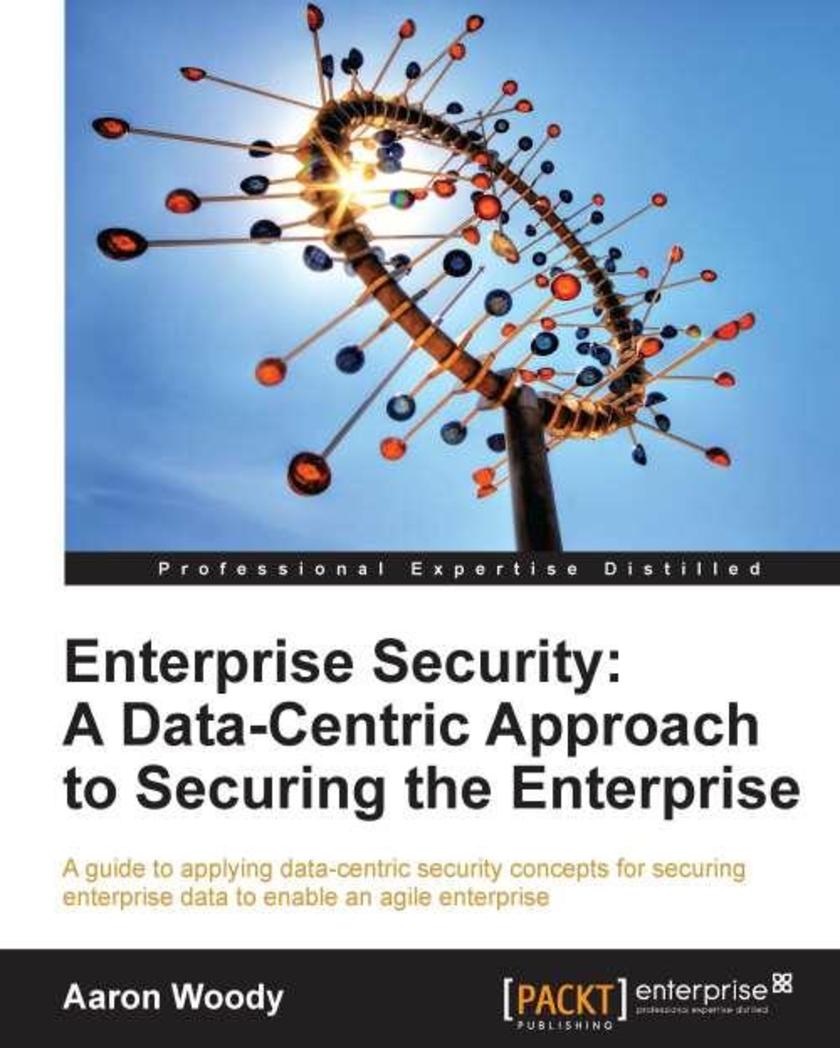
Enterprise Security: A Data-Centric Approach to Securing the Enterprise
¥80.65
It’s a reference guide to enterprise security programs. This book is intended for the IT security staff beginner to expert but would also be a valuable resource for other IT functions such as IT compliance, IT operations, and executives responsible for managing IT and information security. Understanding the principles in this book is important for decision makers as new business models are developed and enterprise security must keep up to reduce risk and secure critical enterprise assets and data.
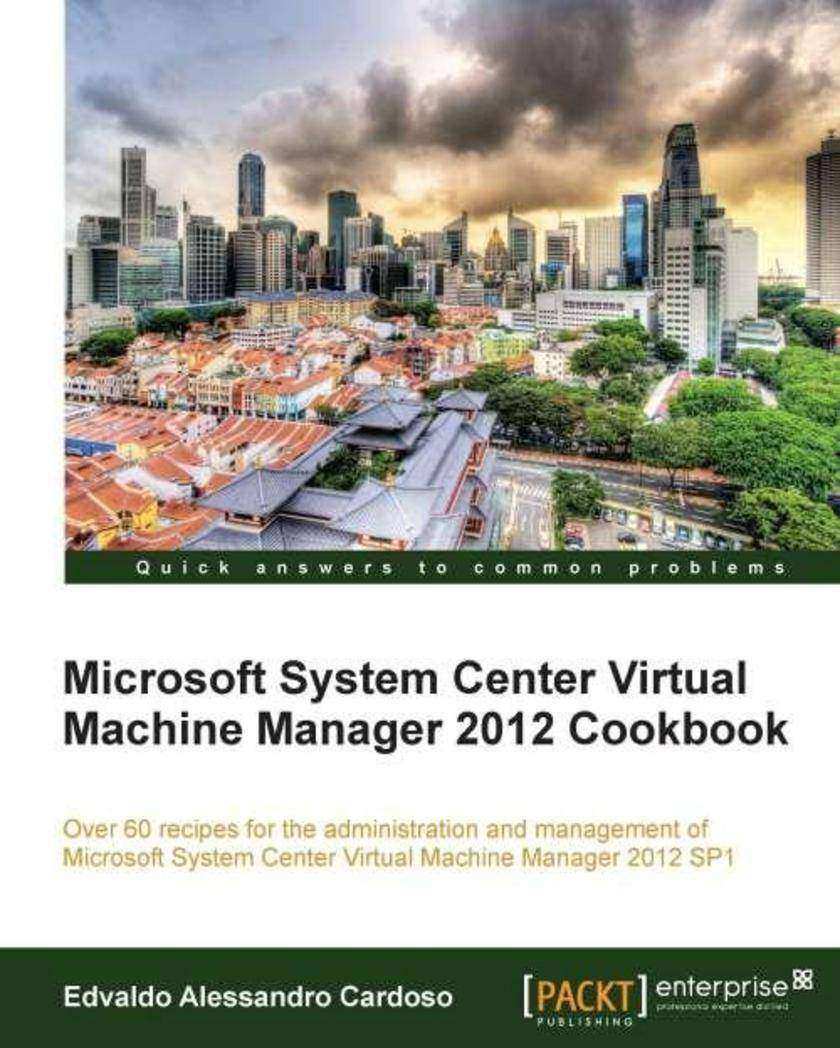
Microsoft System Center Virtual Machine Manager 2012 Cookbook
¥90.46
This is a Packt Cookbook, full with over 75 recipes for VMM users to carry out vital tasks quickly and easily. This book is written for solutions architects, technical consultants, administrators, and any other virtualization lover who needs to use Microsoft System Center Virtual Machine Manager in a real world environment.
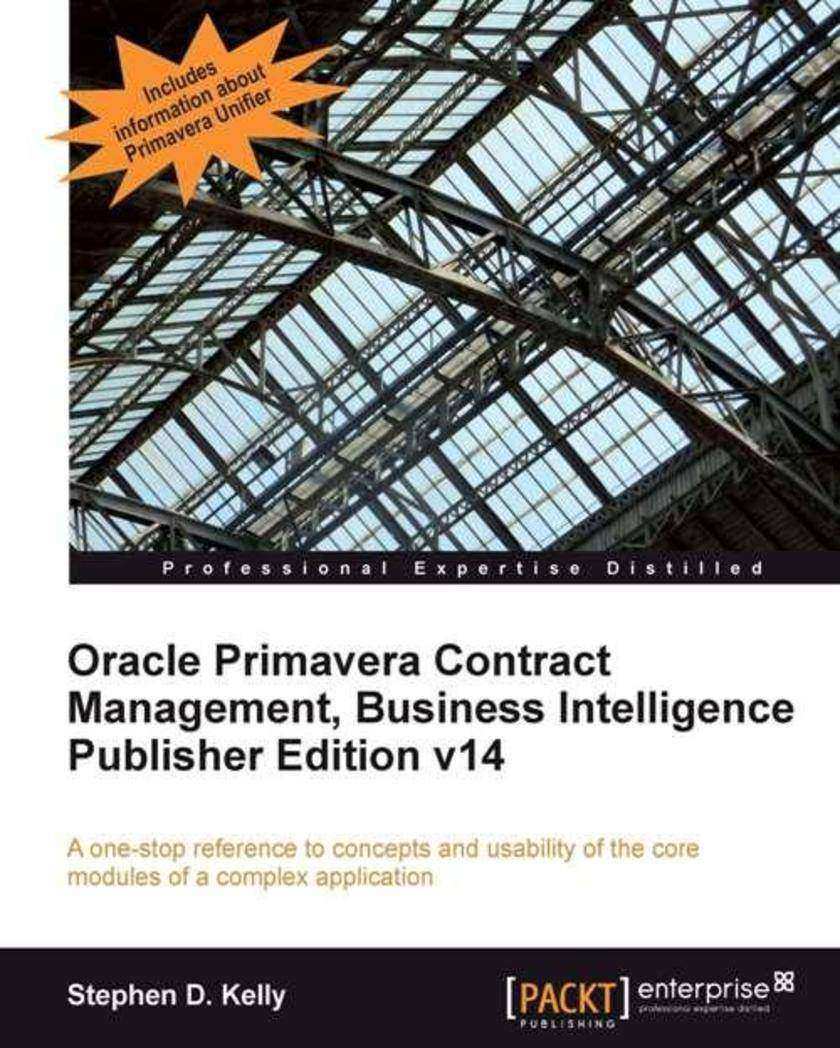
Oracle Primavera Contract Management, Business Intelligence Publisher Edition v1
¥63.21
This book is packed with real world examples that cover concepts and usability of the core modules of a complex application. If you are Project manager or consultant looking forward to using and implementing Oracle Primavera Contract Management in your organization, then this is the best guide for you. No prior knowledge of PCM required.
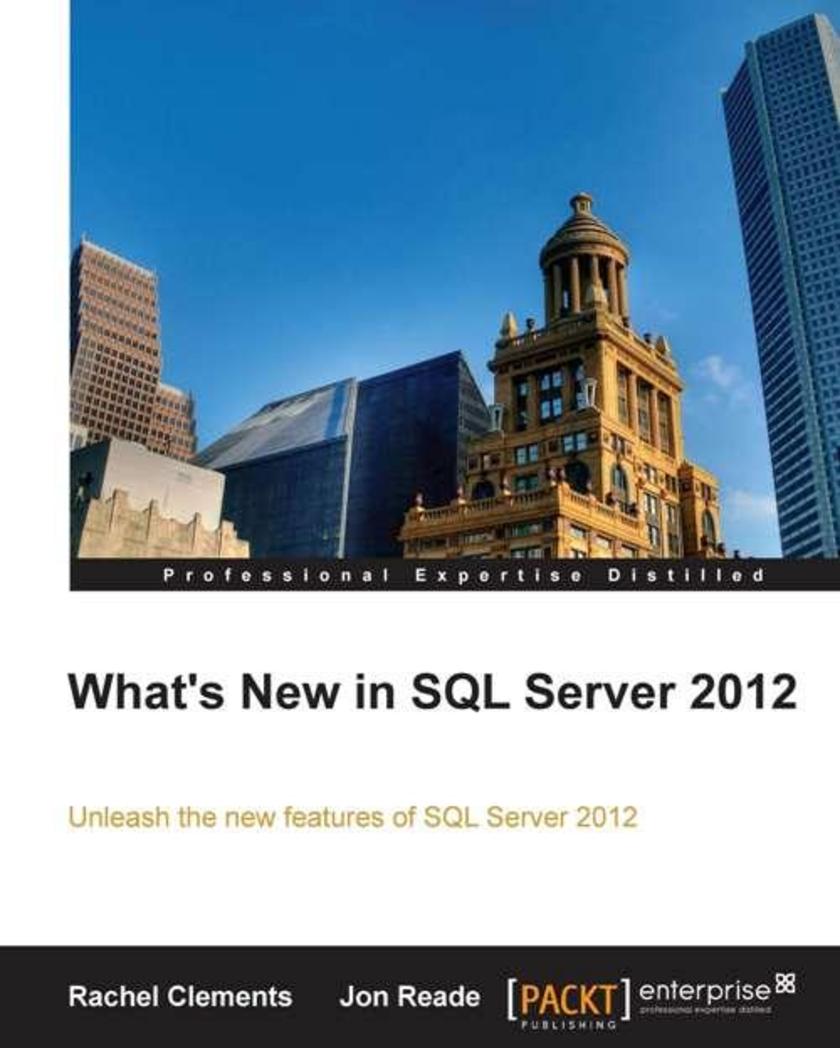
What's new in SQL Server 2012
¥63.21
This is a hands-on book to quickly get you up to speed with SQL Server 2012. It covers all the new features of the core database engine as well as the business intelligence (BI) services.The book begins by taking you step-by-step through the installation process, showing you what to install and which services and features you need. Once you have your SQL Server in place, you learn how to administer it and then explore new T-SQL functions to expand your query-writing toolkit. You will discover how the enhancements to Integration Services, Analysis Services and Reporting Services make developing BI solutions easier. It will then introduce you to SQL Server Data Tools, your new and improved development environment for creating database and BI projects.A hands-on example guides you through the steps required to run Distributed Replay, giving you the experience you need to apply this in the field. The book then takes you through a detailed example to show you how to create a Data Quality Services project and cleanse real-world data. Easy to follow code samples provide you with the queries you need to set up Availability Groups using the new AlwaysOn technology.Once you are comfortable with these new features you will be ready to migrate your data to the cloud and into SQL Azure. An exploration of Hadoop will help you understand big data and how it really is the next big thing,This concise reference is for database administrators, SQL Server Developers and BI professionals. Anyone who is familiar with SQL Server 2008 R2 and needs to make the jump to the latest version with the shortest learning curve will find this book useful.
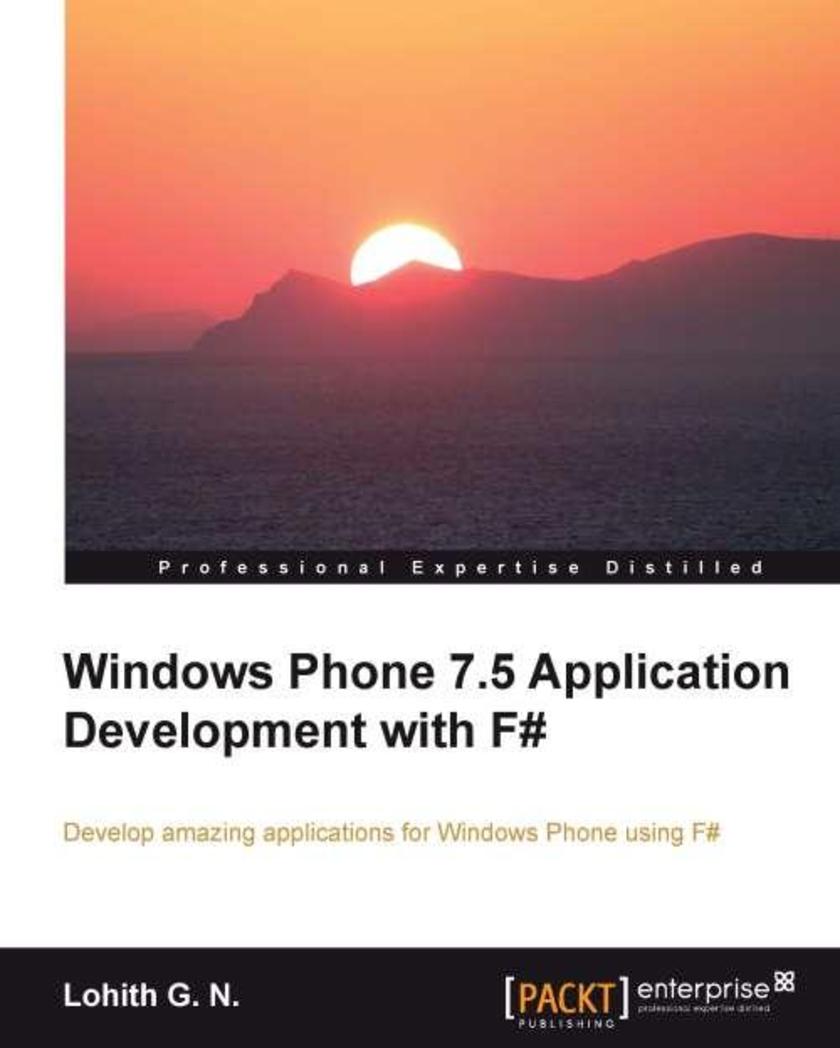
Windows Phone 7.5 Application Development with F#
¥45.77
A short book with important concepts and instructions. This book is for those who want to find out more about Windows Phone and are familiar with functional programming languages, and in particular, F#. The book assumes that you know how to program using F# as a language. However, the book does take you through a brief introduction to Windows Phone as a platform and F# as a language.
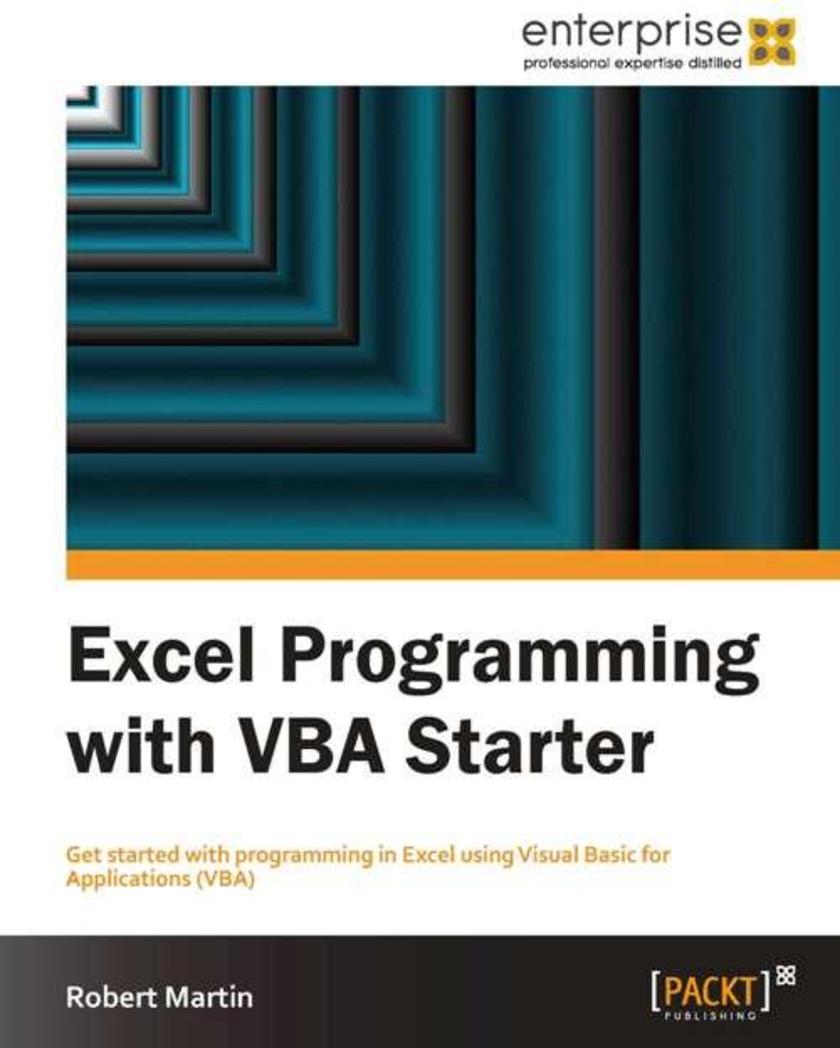
Excel Programming with VBA Starter
¥35.96
This is a starter guide, covering the basics you need to get up and running as quickly as possible. This book is written for users of Excel who want to speed up and streamline normally arduous tasks for maximum productivity.
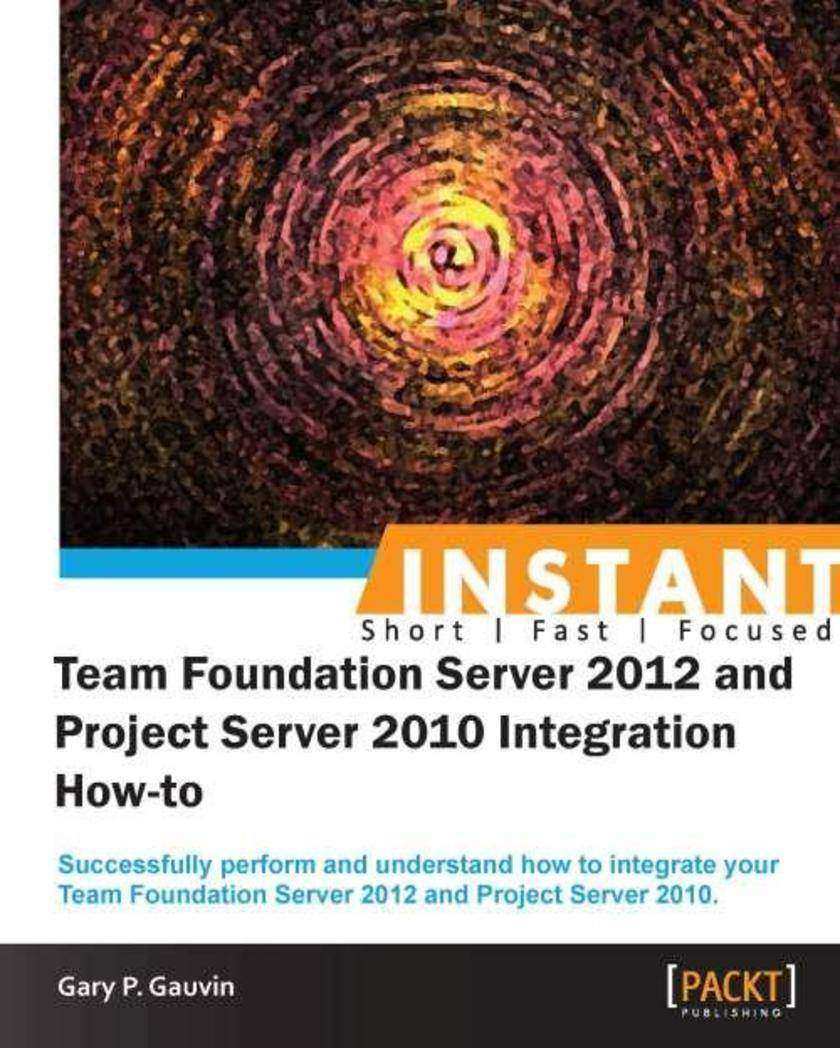
Instant Team Foundation Server 2012 and Project Server 2010 Integration How-to
¥45.77
Filled with practical, step-by-step instructions and clear explanations for the most important and useful tasks. Get the job done and learn as you go. A how-To book with practical recipes accompanied with rich screenshots for easy comprehension.The How-to style is a very practical book which will take the reader through the process of garnering a basic understanding of TFS and Project Server with practical tutorials and recipes.This book is for users who want to integrate TFS 2012 and Project Server 2010. Readers are expected to know some basic Windows Server commands and account management, and have administrative access to the servers being configured.
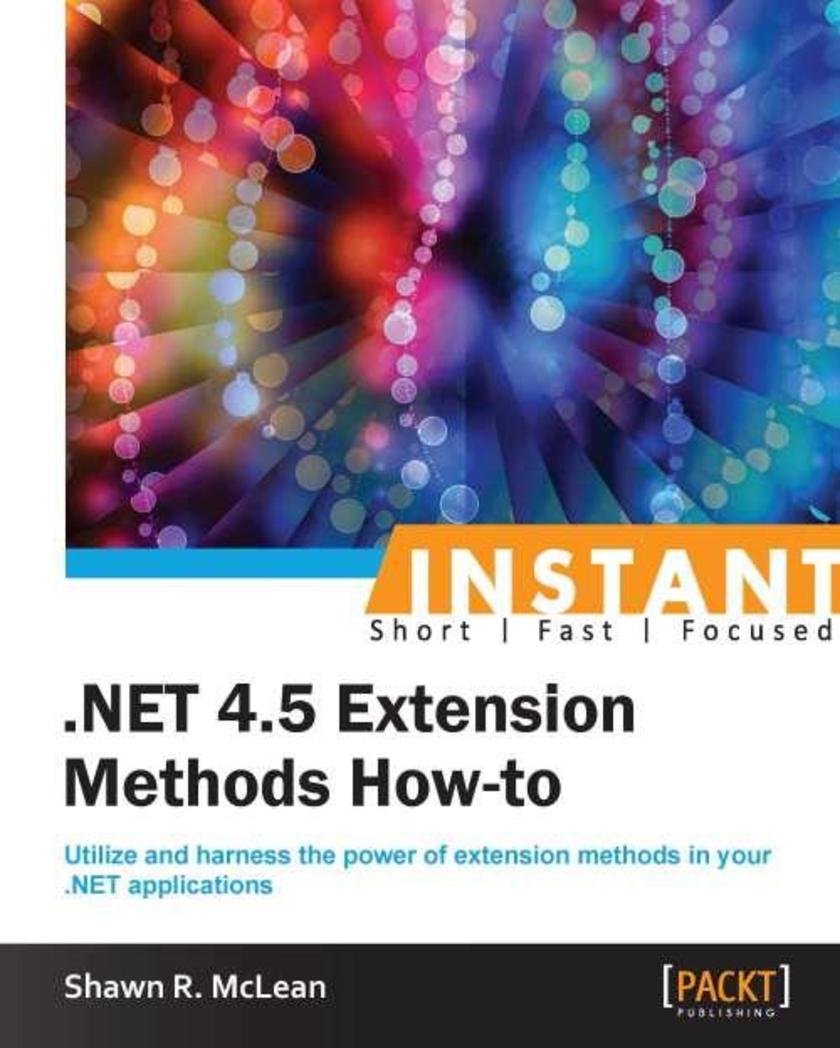
Instant .NET 4.5 Extension Methods How-to
¥50.13
Filled with practical, step-by-step instructions and clear explanations for the most important and useful tasks.The book is packed with quick recipes on creating and extending extension methods in your .NET applications. This book is for developers in C# and the .NET framework, with a basic understanding of language syntax and OOP concepts. Readers are expected to have some experience in finding their way around Visual Studio.




 购物车
购物车 个人中心
个人中心



